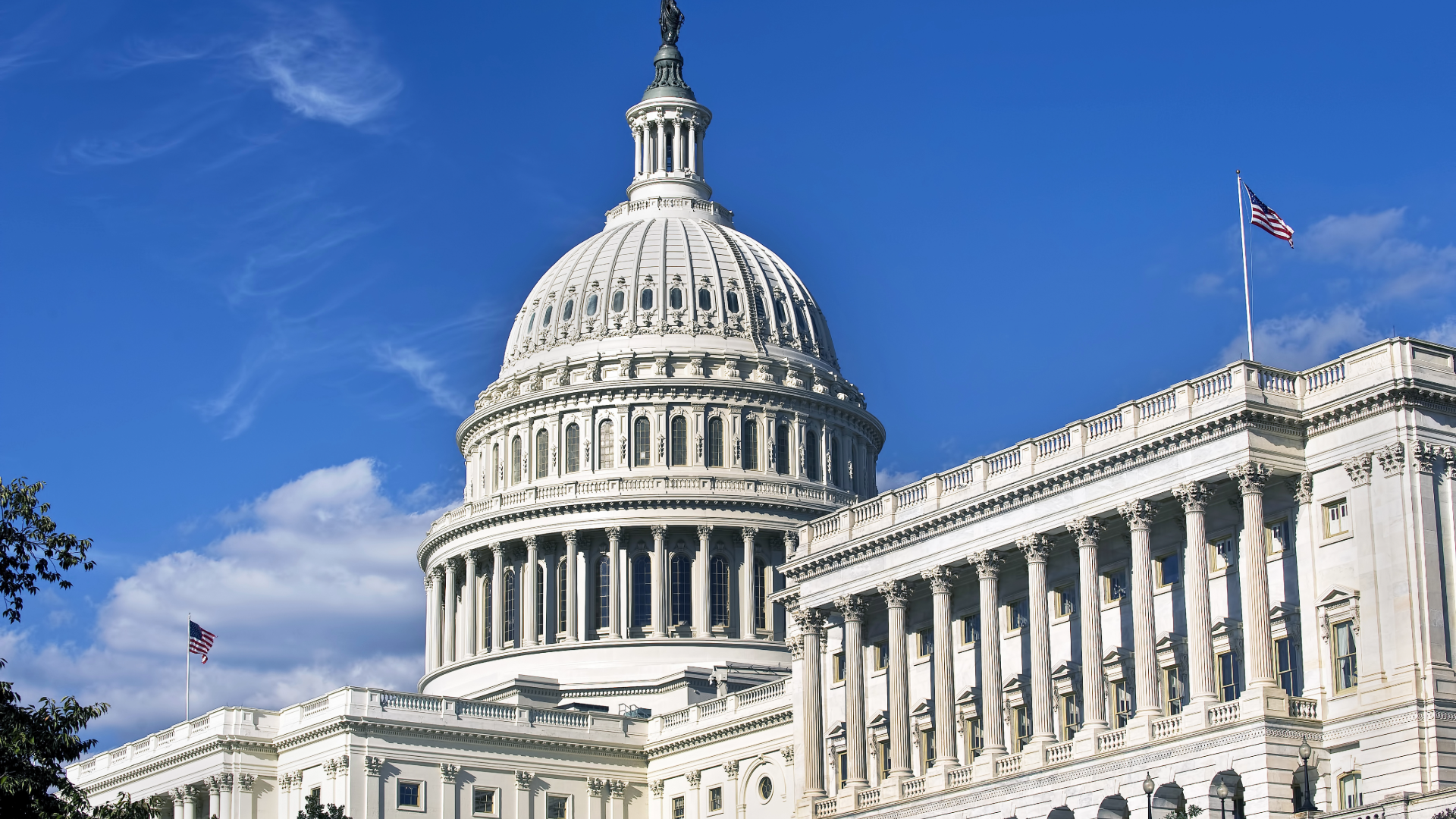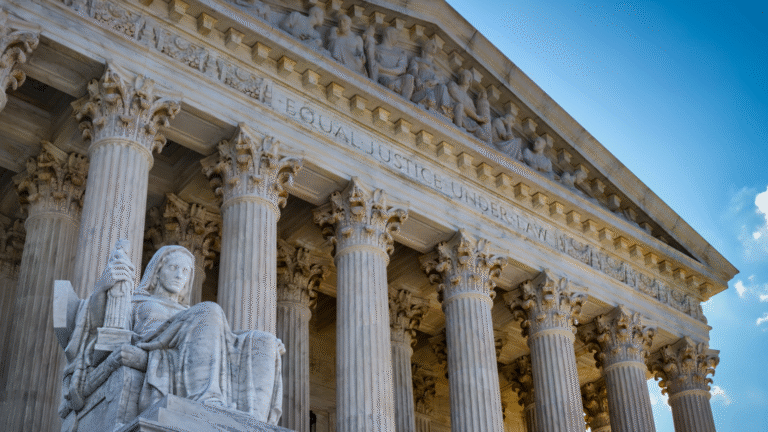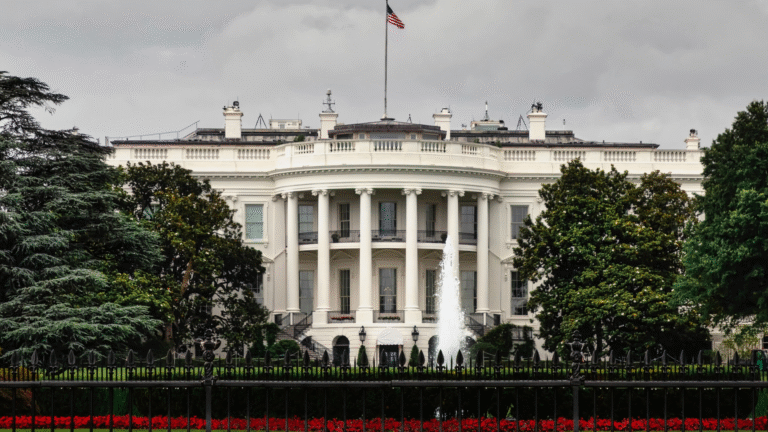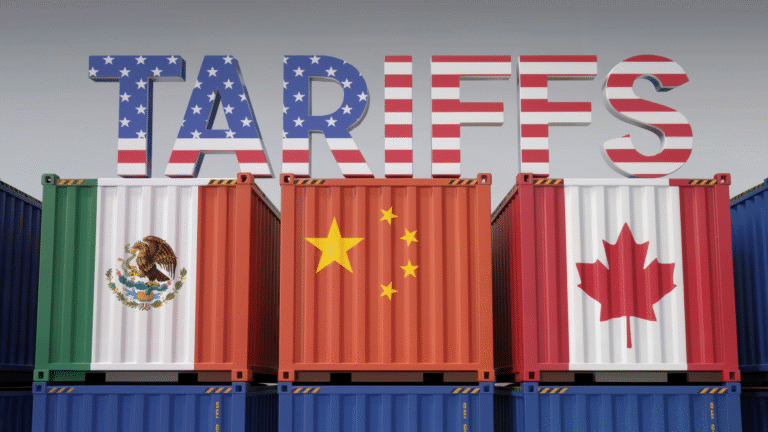What Is a Government Shutdown
TL;DR
A government shutdown occurs when Congress fails to pass funding legislation (or a continuing resolution) before the start of a new fiscal year, forcing the federal government to curtail nonessential operations, furlough many employees, and maintain only core activities that protect life or property. Such shutdowns have recurred since 1980 and can impose significant economic, administrative, and political impacts.
What Is a Government Shutdown?
In the United States, a government shutdown happens when there is a “funding gap”—that is, when Congress has not passed appropriation bills (or a continuing resolution) to authorize federal spending for the next fiscal period. The government must then suspend or curtail operations that cannot legally continue without funding, under the constraints of the Antideficiency Act and related rules.
Mechanics & Legal Basis
- Role of Congress and the President: Congress is responsible for creating and approving appropriations bills, and the President must sign or veto them.
- Continuing Resolutions (CRs): To avert a shutdown, Congress often passes a CR, which extends funding at current levels for a short period while negotiations continue.
- Antideficiency Act and “Civiletti opinions”: Legal interpretation (notably by Attorney General Benjamin Civiletti in 1980–81) established that agencies must stop operations unless funding is available, except for activities that directly protect life or property.
What Stays Open vs What Shuts Down
Not all government services stop during a shutdown—some essential operations continue.
- What stays open: Emergency and national security functions (e.g. active-duty military, law enforcement, air traffic control), operations with independent funding (e.g. USPS), and certain minimal-weather or safety‑critical services.
- What shuts down: Many federal programs and agencies, national parks, regulatory reviews, nonessential administrative functions, and other services lacking appropriated funding.
- Furloughs: Many non‑essential federal employees are placed on unpaid leave and prohibited even from doing minimal work (like checking email).
Effects & Consequences
- Economic impacts: Shutdowns slow economic activity, reduce GDP growth, interrupt service delivery, and raise back‑pay obligations. For example, the 2013 shutdown was estimated to shave 0.1–0.2% off quarterly GDP growth.
- Administrative disruption: Delays in regulatory approvals, suspended scientific programs, disrupted visa and immigration processing, and halts in maintenance or infrastructure work.
- Political and reputational effects: Public opinion often blames Congress or the controlling party, trust in government can decline, and the political cost of blame is significant.
- Historical patterns: Since 1980, at least 11 funding gaps have triggered shutdowns. Major examples include the 35‑day 2018–2019 shutdown, 21‑day 1995–96, and 16‑day 2013 shutdowns.
Arguments For & Against Shutdowns
Proponents sometimes view a shutdown as a leverage tool to force political compromise or highlight fiscal constraints. Critics argue they inflict undue harm on public services, employees, and the economy, and constitute dysfunctional governance. Some commentators define shutdowns as political brinkmanship.
Recent & Ongoing Shutdowns (As of 2025)
- On October 1, 2025, the U.S. government entered a shutdown because Congress failed to approve funding for fiscal year 2026.
- During this shutdown, approximately 2 million federal workers had pay suspended and about 750,000 were furloughed.
- Earlier prominent shutdowns: 2018–19 (35 days), 2013 (16 days), 1995–96 (21 days) among others.
FAQ
- Q: Do federal employees still get paid during a shutdown?
A: Those deemed essential continue working (often without immediate pay), whereas many non‑essential employees are furloughed and do not receive pay until after the shutdown ends (and may get back pay). - Q: Can essential agencies refuse to shut down?
A: Agencies cannot legally continue operations if Congress hasn’t appropriated funds, except for functions tied to protecting human life or property. - Q: Why can’t Congress pass appropriations in time?
A: Disagreements over spending levels, policy riders, political strategy, veto threats, or filibuster rules can stall passage. - Q: Does a shutdown apply to all levels of government?
A: No — shutdowns are primarily a federal phenomenon. Some states or territories may experience funding lapses or suspensions, but their mechanisms differ. - Q: How are shutdowns ended?
A: Congress must pass (and the President must sign) new appropriations or a CR to restore funding. Negotiations often involve compromises on contested policy items.
Sources
- “Government shutdowns in the United States,” Wikipedia (accessed October 2025)
- “The Odd Story of the Law That Dictates How Government Shutdowns Work,” The Atlantic (September 2013)
- Congressional Research Service, “Shutdown of the Federal Government: Causes, Processes, and Effects”
- Office of Management and Budget (guidance on funding gaps)







